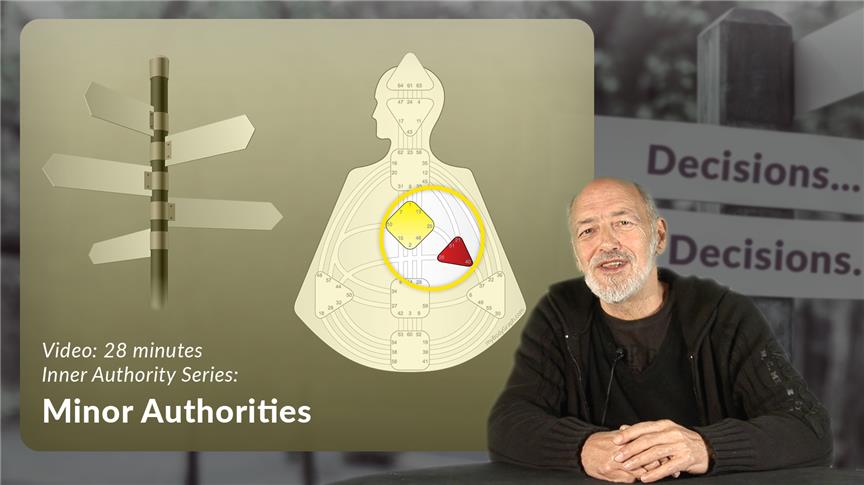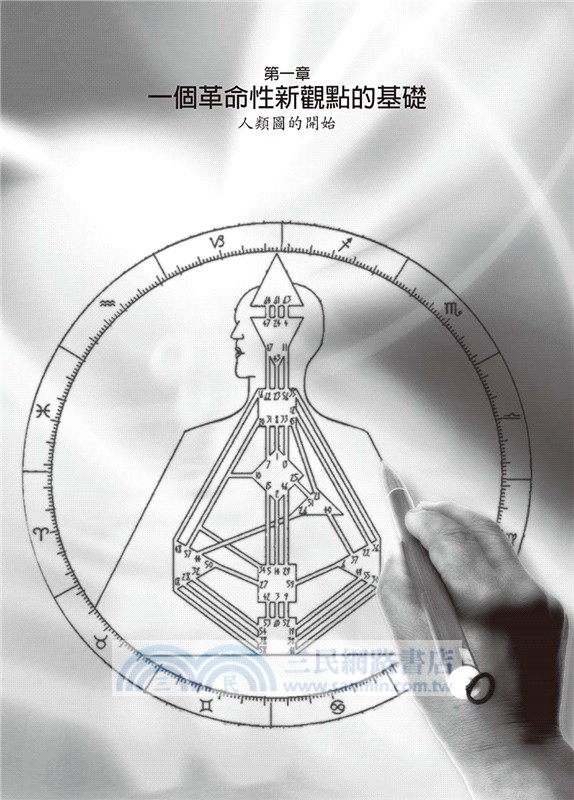


They help to lead other people both directly and indirectly, by being sources of inspiration via their infectious energy. It’s important for Pure Generators to remind themselves to stay present, which includes practicing fearlessness. They can hesitate to take risks, however, and get stuck in a state of deliberation, dwelling on perfectionism. They go with the flow, are patient and resilient, and are deeply connected to nature. It’s important for them to keep in mind that patience and consideration pay off when making big moves or launching a big idea into reality. Manifesting Generators can be super intense and headstrong, jumping into big ideas and projects with an unstoppable force of energy. However, there are two types of generators-Pure Generators and Manifesting Generators. Generators are the most common human design, so many of you may be feeling akin to this. They love to produce and build, and they usually have a clear, defined goal in mind that they work toward until it’s completed and there is something to show for it. They are typically creative, energetic, and productive. To generate means to create, so generators are hard workers. There is some fluidity between them, but knowing where we lean can have a great impact on how we approach the next steps in life, and understanding how we got to where we are and what our strategy should loosely look like. It consists of four types: Manifestors, Projectors, Reflectors, and Generators. Giving structure to what makes us tick the way we do is a really excellent practice for giving these moments clarity. Many of us are learning a lot about ourselves, while others are seeing where we want to make change.

We’re all sitting with ourselves, our vulnerabilities, our resilience, our goals, and our pivots. A diameter would cut the orbit into equal parts, but the plane through the Sun parallel to the equator of the Earth cuts the orbit into two parts with areas in a 186 to 179 ratio, so the eccentricity of the orbit of the Earth is approximatelyĮ ≈ π 4 186 − 179 186 + 179 ≈ 0.015, Ī more detailed derivation can be done with general elliptical orbits, instead of circles, as well as orbiting the center of mass, instead of just the large mass.Is a defining year for a lot of us. The eccentricity of the orbit of the Earth makes the time from the March equinox to the September equinox, around 186 days, unequal to the time from the September equinox to the March equinox, around 179 days. Neither the linear speed nor the angular speed of the planet in the orbit is constant, but the area speed (closely linked historically with the concept of angular momentum) is constant.The Sun is not at the center but at a focal point of the elliptical orbit.The planetary orbit is not a circle with epicycles, but an ellipse.It was Kepler who correctly defined the orbit of planets as follows: The speed of the planet in the main orbit is constant.ĭespite being correct in saying that the planets revolved around the Sun, Copernicus was incorrect in defining their orbits.The Sun is approximately at the center of the orbit.The planetary orbit is a circle with epicycles.Johannes Kepler's laws improved the model of Copernicus. Isaac Newton showed in 1687 that relationships like Kepler's would apply in the Solar System as a consequence of his own laws of motion and law of universal gravitation. The third law expresses that the farther a planet is from the Sun, the slower its orbital speed, and vice versa. The second law helps to establish that when a planet is closer to the Sun, it travels faster. From this, Kepler inferred that other bodies in the Solar System, including those farther away from the Sun, also have elliptical orbits. The elliptical orbits of planets were indicated by calculations of the orbit of Mars. The square of a planet's orbital period is proportional to the cube of the length of the semi-major axis of its orbit.A line segment joining a planet and the Sun sweeps out equal areas during equal intervals of time.The orbit of a planet is an ellipse with the Sun at one of the two foci.The laws modified the heliocentric theory of Nicolaus Copernicus, replacing its circular orbits and epicycles with elliptical trajectories, and explaining how planetary velocities vary. In astronomy, Kepler's laws of planetary motion, published by Johannes Kepler between 16, describe the orbits of planets around the Sun.


 0 kommentar(er)
0 kommentar(er)
